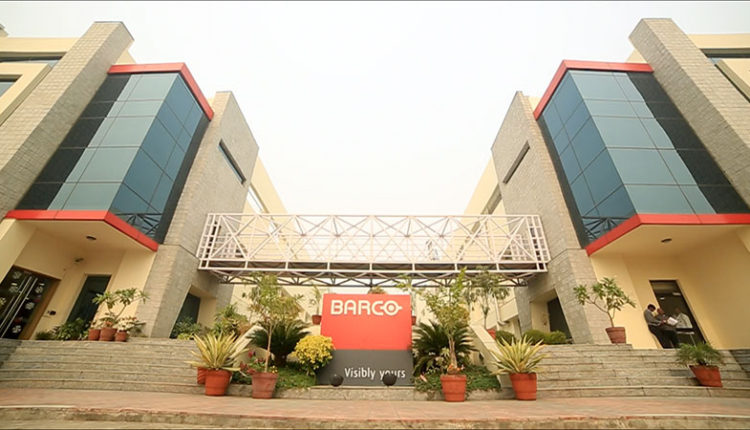
Why Indian smart cities require video wall solutions for energy monitoring and traffic control
By Rajiv Bhalla, Managing Director, Barco Electronic Systems
With recent high-profile developments such as the launch of the Smart Cities Mission, there is talk of retrofitting the urban infrastructure in more than 100 cities across the country. Technology is predicted to bring service delivery, access to amenities, operational efficiency, and quality of life in Indian cities on par with their global counterparts. But with The Global Commission on the Economy and Climate projecting the number of Indians living in urban areas to cross 600 million by 2031, the challenges associated with translating this vision into a tangible reality become quite apparent. Energy and mobility, in particular, have emerged as two of the most vital concerns that potential smart cities in the country need to address on a rather urgent basis.
Where the problem lies: Why urban mobility and energy demand immediate attention
Home to approximately 17% of the global population, India is also the 4th largest consumer of energy in the world. However, it is heavily dependent on imports to meet its requirement for conventional energy resources such as crude oil, natural gas, and coal. This might prove to be a major hurdle in the vision of building over one hundred interconnected cities, which will need uninterrupted energy supply to power their smart technology-driven infrastructure, especially since the energy demand is expected to cross 1500 mtoe (million tonnes of oil equivalent) by 2030.
Urban mobility, on the other hand, poses a different challenge. Vehicle congestion, heavy air/noise pollution, poor road conditions, and improper traffic management – those living in urban geographies are well aware of the hassles they will have to face on their daily commute. These issues not only have a significant negative impact on quality of life, but also decrease workforce productivity and have a detrimental effect on the Indian economy; reports suggest that inadequate urban mobility infrastructure currently incurs annual expenses to the tune of $80 billion to the nation’s GDP in the form of environment degradation costs.
Video walls: increasing operational efficiencies, facilitating better resource utilisation
While steps are being taken to increase capacity, another viable way of meeting the growing demand on energy and urban mobility infrastructures in Indian cities is unlocking better efficiencies in the extant utilisation capabilities. Market data underlines the kind of difference efficient utilisation of existing infrastructure can make. It is estimated that inefficient traffic management leads to parking woes in urban areas, contributing anywhere between 30 to 40% of the overall traffic congestion. Similarly, India wasted more than 3 billion units of electricity in 2014-15. This amount is equal to an entire day’s national energy consumption. This is the kind of wastage of resources that Indian smart cities will need to address and minimise. This is where state-of-the-art video walls come into the picture. By facilitating visual communication over an Internet Protocol (IP) based network, these advanced visualisation solutions can help smart cities in achieving synergies between various systems and facilitate much better utilisation of resources than otherwise possible.
For example, operators in a centralised traffic control room can access all kinds of data from various surveillance/enforcement cameras as well as intelligent transportation systems on the video wall. This data can then be analysed to generate actionable insights in real-time, which can then be implemented by on-ground teams to facilitate junction improvement and smoother traffic flow.
A similar solution can be implemented to enhance energy generation, management, and distribution in smart cities. Video walls can be used by operators in control rooms to simultaneously display data from various elements of the city’s energy infrastructure as a real-time operating dashboard.
Through localised energy monitors and live camera feeds, insights can be drawn into energy consumption trends and demand forecasting, while by-the-minute updates about current capacity, energy utilisation, and system downtimes are also made easily accessible. Availability of such data-driven insights makes it possible for smart cities to accurately identify their average sector-wise energy demand as well as any real-time developments, which in turn enable better energy utilisation and minimise wastage.
If projections made by the Ministry of Urban Development hold true, then nearly 75 percent of the country’s GDP can be expected to be generated from Indian cities by 2031. Equipped with state-of-the-art tech infrastructure, smart cities will be at the forefront of this socioeconomic revolution. No wonder, then, that all eyes – digital and human – are firmly on them.
About Author:

An industry veteran with more than 23 years of senior leadership experience, Rajiv Bhalla is the Managing Director of Barco Electronic Systems Pvt. Ltd, a 100% owned subsidiary of BARCO NV Belgium

